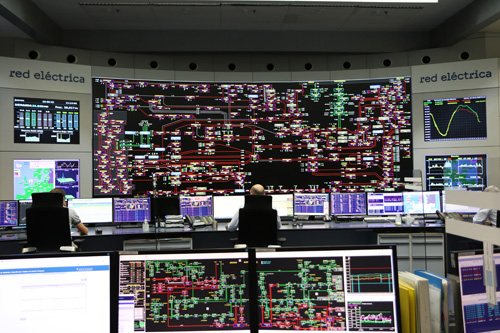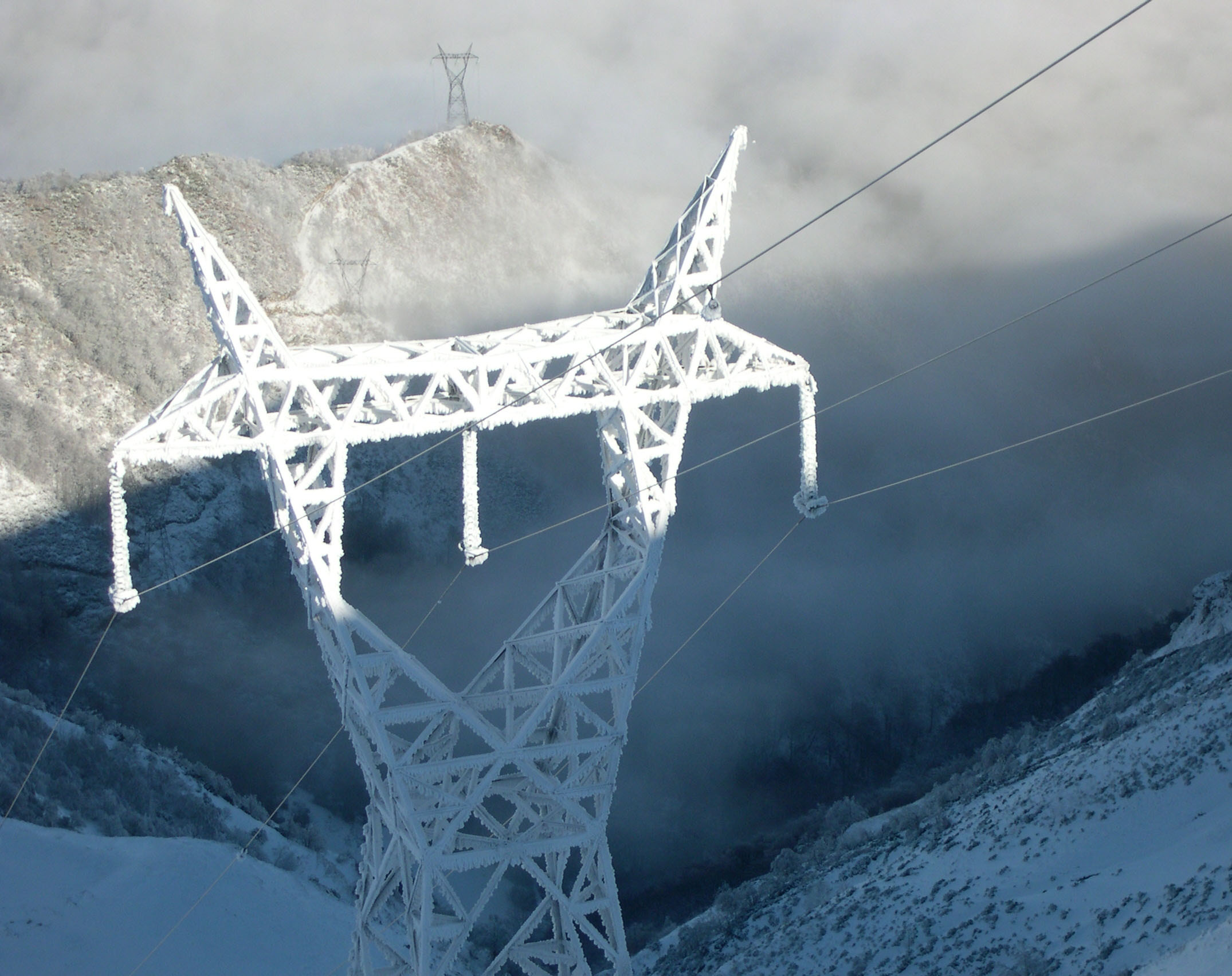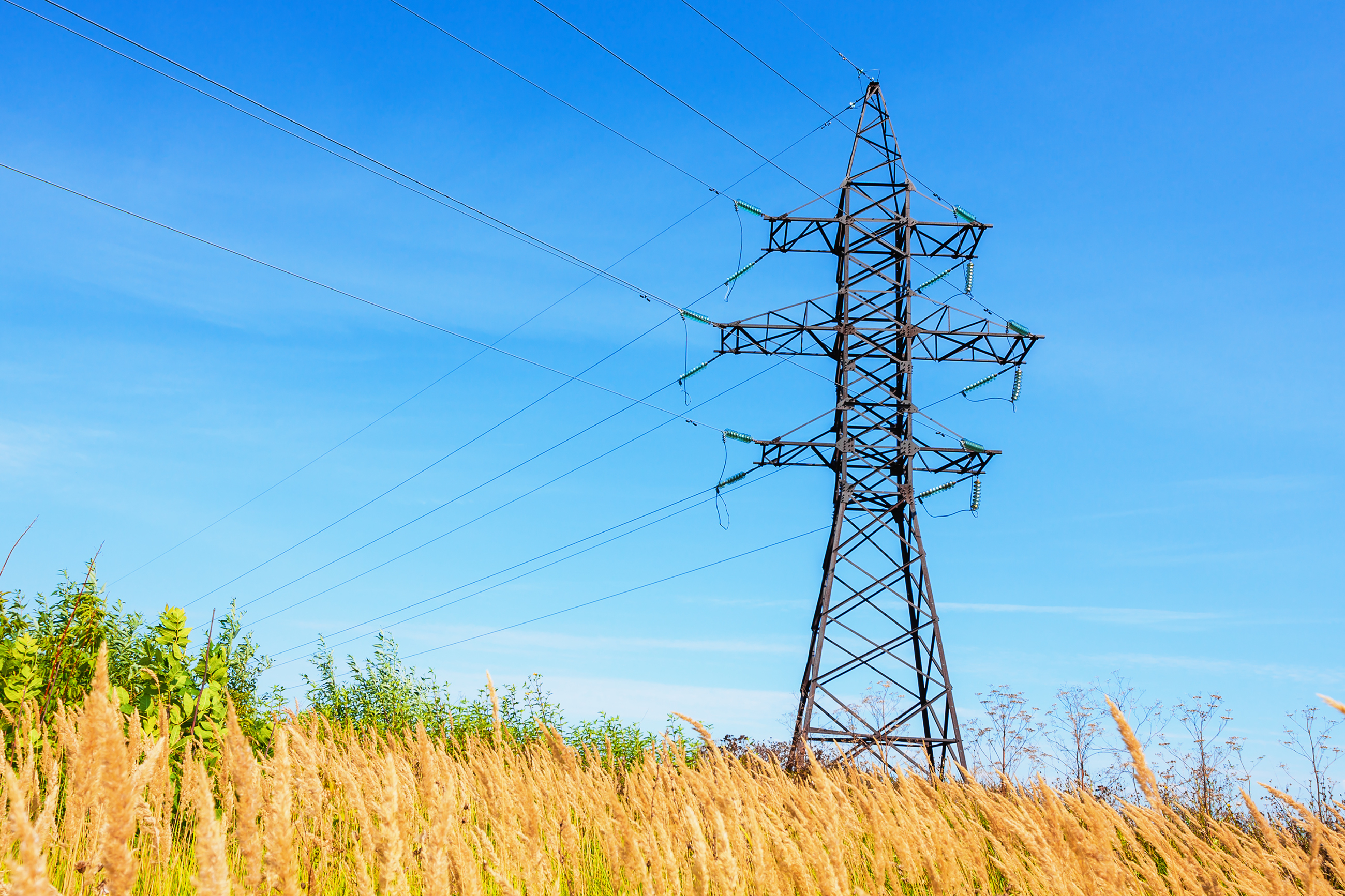For 40 years, we've been driving our country's economic and social progress. Four decades shaping Spain.
Red Eléctrica authorises the first renewables that can contribute to dynamic voltage control
- The System Operator invites renewable plants to submit applications for authorisation to participate in this service, which will come into effect on 1 January.
- According to the regulations, for their authorisation, renewable installations must demonstrate their voltage control capability, primarily in real-time voltage setpoint tracking mode, which is essential for responding to rapid voltage variations.
- The voltage control capability of these technologies grants them dispatch priority for their generation in the electricity system over installations that do not provide this capability.
In recent weeks, Red Eléctrica as the System Operator (SO) has carried out the authorisation tests for the first renewables that will provide dynamic voltage control service, in line with the new Operating Procedure (P.O.) 7.4 requested by the SO in 2020 and approved in June by the CNMC. The System Operator is prepared for these installations to begin providing this service from the moment they notify the SO.
Red Eléctrica remains available to agents and other renewable plants, inviting them to submit their applications for authorisation to participate in the new P.O. At the moment, the rate of viable applications received from installations is still low. To date, 168 applications have been submitted, 125 of which correspond to non-dispatchable renewable installations. Of these, 24 are already in a position to begin tests. The rest either declare they cannot follow voltage setpoints or are in the process of completing the necessary documentation.
In addition to non-dispatchable renewable plants, conventional generation plants such as combined cycle or hydroelectric power plants, which are already obliged to provide the dynamic voltage control service in its basic mode, have also submitted applications. Therefore, priority is being given to non-dispatchable renewables in the process, as they are the only ones that can offer new resources to the system.
Among the benefits of participating in this new service, authorised renewables will obtain dispatch priority and the possibility of reducing the maximum ramp rates of change in their generation.
For their authorisation, the new P.O. regulations establish that installations must demonstrate their technical capability to control voltage in two modes: via reactive power setpoints and via voltage setpoints. This latter mode—real-time voltage setpoint tracking—is what offers flexibility and allows installations to respond to the rapid voltage variations that can occur in an electricity system undergoing a full transformation.
Many renewable installations, which must currently follow a power factor setpoint, have a regulatory obligation to have the technical capability to follow voltage setpoints, meaning additional resources are expected to be available to the system in the short term.
Clarifications on voltage control in Spain
- Voltage levels have not increased in recent years. Average values were higher years ago, but with the commissioning of voltage control elements on the Transmission Grid, these values are currently lower. The variability of voltages has increased, a variability that must be controlled by the generators that provide the system with effective voltage control.
- In the field of voltage regulation, Red Eléctrica, fulfilling its responsibility, has always worked proactively, implementing measures to modernise the system and adapt it to present and future needs.
- It has done so, for example, since 2020, when it proposed the modification of P.O. 7.4 (which was in force until last June) with the aim of increasing the volume of resources in the system that are capable of performing voltage setpoint tracking. During this time, various pilot projects and several public information processes have been completed, in which critical feedback was received from a portion of the conventional generation sector.
- The generation plants currently participating in the voltage control service must have the capacity to provide or absorb reactive power equivalent to 30% of their maximum power, which provides sufficient reactive power to respond to voltage variations in the system.
- With regard to the capabilities of conventional plants to provide the voltage control service, Red Eléctrica has no record that regulators have issued any exemptions that would allow the service to be provided below the minimum established in the regulations.
- There was no lack of scheduled reactive capacity in the system on 28 April; rather, it was not activated by the generators at the time the system required it. Their contribution to the system, as established by the regulations, would have reduced the severity of the voltage variation that occurred. However, as has been demonstrated, the units mostly failed to reach the legally required minimum value, with slow or insufficient responses to the variation that triggered the subsequent events.
- The voltage limit on the transmission grid is 435 kV because this has been established by Spanish regulation since at least 1998 and has been confirmed by the most recent European regulations. Operating with a maximum value of 420 kV would imply a structural change; its application in the current system would multiply the costs associated with technical restrictions, and it could not be guaranteed that, with the currently available resources, this value would not be exceeded.
Finally, the voltage control service using reactive power setpoints does not provide the system with the flexibility to adapt to rapid voltage variations. Hence the need for installations to also be able to control voltage in voltage setpoint mode.
Downloads












